Corneille and the Radical Art of CoBrA
The CoBrA movement was founded in 1949 by modernists including Corneille and Karel Appel and revolutionized the postwar world with freeform shapes, childlike designs and vibrant color.
Considered the last avant-garde movement of the 20th century, the artistic group CoBrA was formed in the wake of World War II and called for a liberation of shape, vivid hues and childlike artwork. The group was named for the cities were the founders originated: Co (Copenhagen), Br (Brussels) and A (Amsterdam).
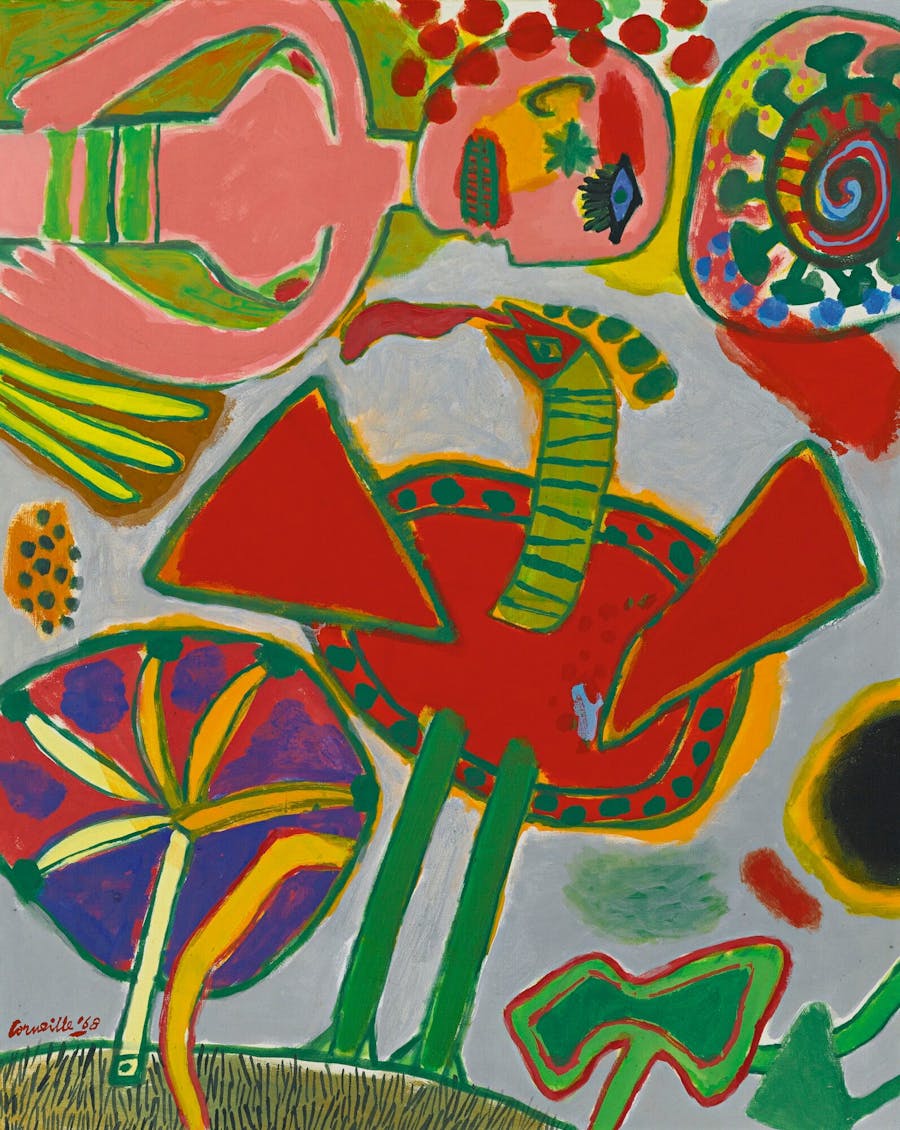
The group's manifesto declared a complete freedom of color, shape, form and subject, a backlash to growing abstraction and the geometry of Cubism. One of the leaders of the group was Corneille, a Dutch painter who was particularly inspired by Joan Miró's Surrealism and the color theory of Paul Klee, as well as African and South American art. He focused on recurring motifs like women, cats and birds expressed in simplified forms and vibrant shades.
Related: Abstract Art: From Genre to Movement
Corneille Beverloo was born in 1922 in Belgium, but moved as a child to Amsterdam with his family where he enrolled at the Academy of Fine Arts in 1940. However, he rebelled against the academic training and explored his own style of color blocking, distorted form and simplistic depictions of nature.
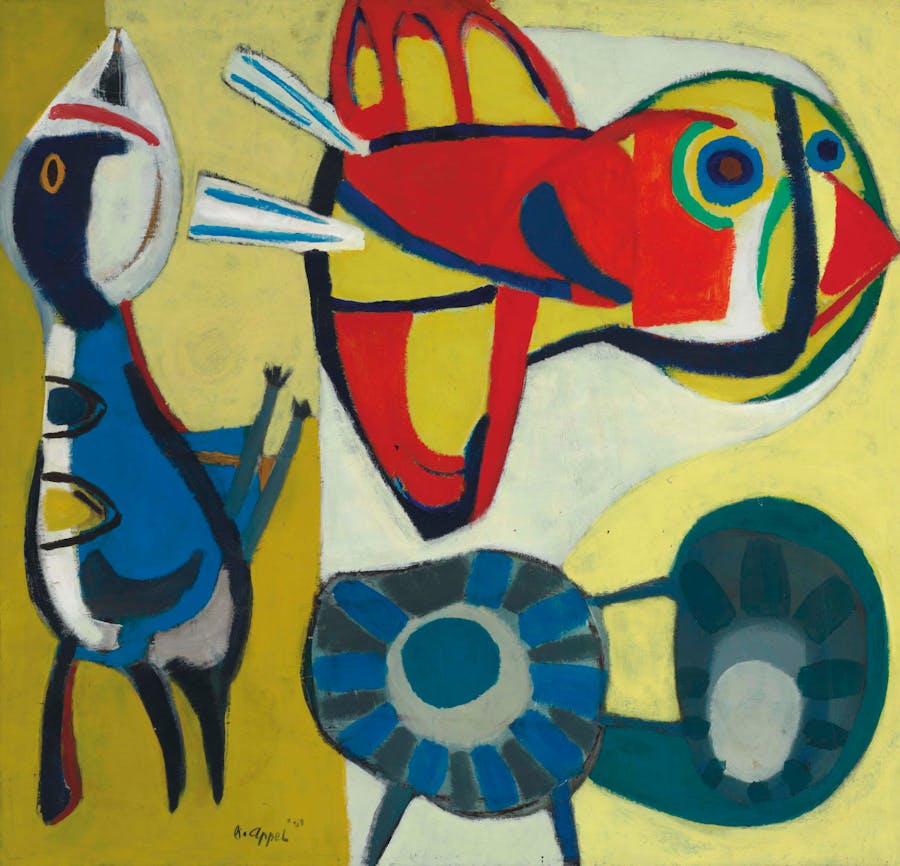
While in Amsterdam, Corneille befriended Karel Appel, the modern painter and sculptor, and together they founded the group Reflex with fellow artist Constant in 1947. The Dutch experimental group produced a magazine and just a year later, joined with Danish and Flemish artists to form CoBrA in Paris.
Related: 10 Facts to Know About Marc Chagall
Their manifesto declared a repression against what they considered uninspired and soulless art of abstraction and naturalism and explored freedom of form and color in a way that was childlike and drew comparisons to Primitivism. Their work responded to the destruction of World War II and the importance of artistic expression. It also had a political bent: the artists adhered to socialist Marxism and believed art should be universal without requiring formal training.
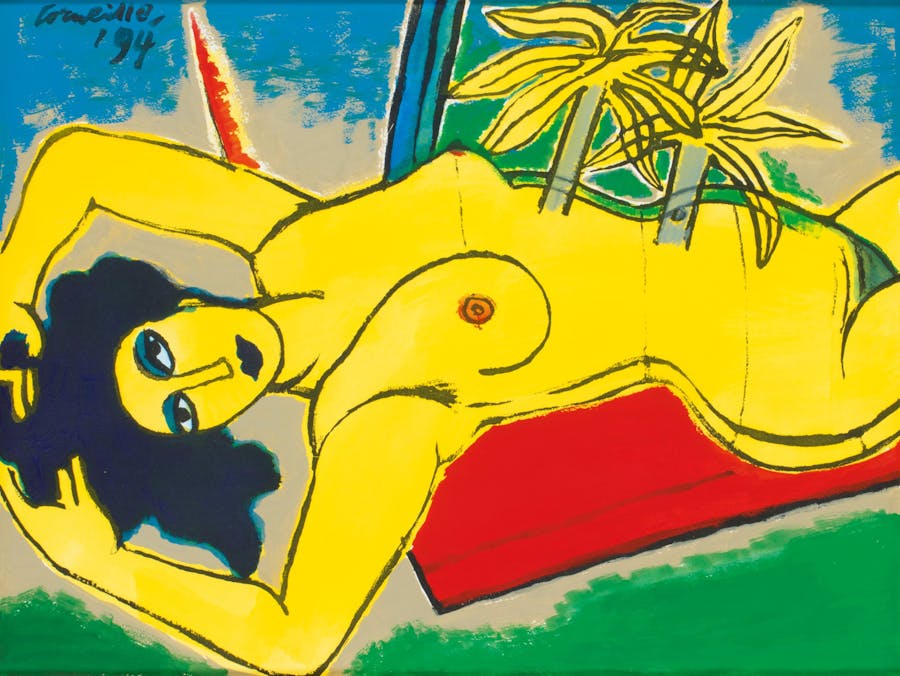
In 1949, the group held their first group exhibition in Amsterdam, but it was not well received. The work was considered inappropriate and controversial by the public, who were unimpressed by the artists' blunt forms, simple subjects and juvenile designs that they did not consider fine art. This criticism spread division throughout the group and although the movement continued for two more years, CoBrA disbanded after their 1951 show in Belgium.
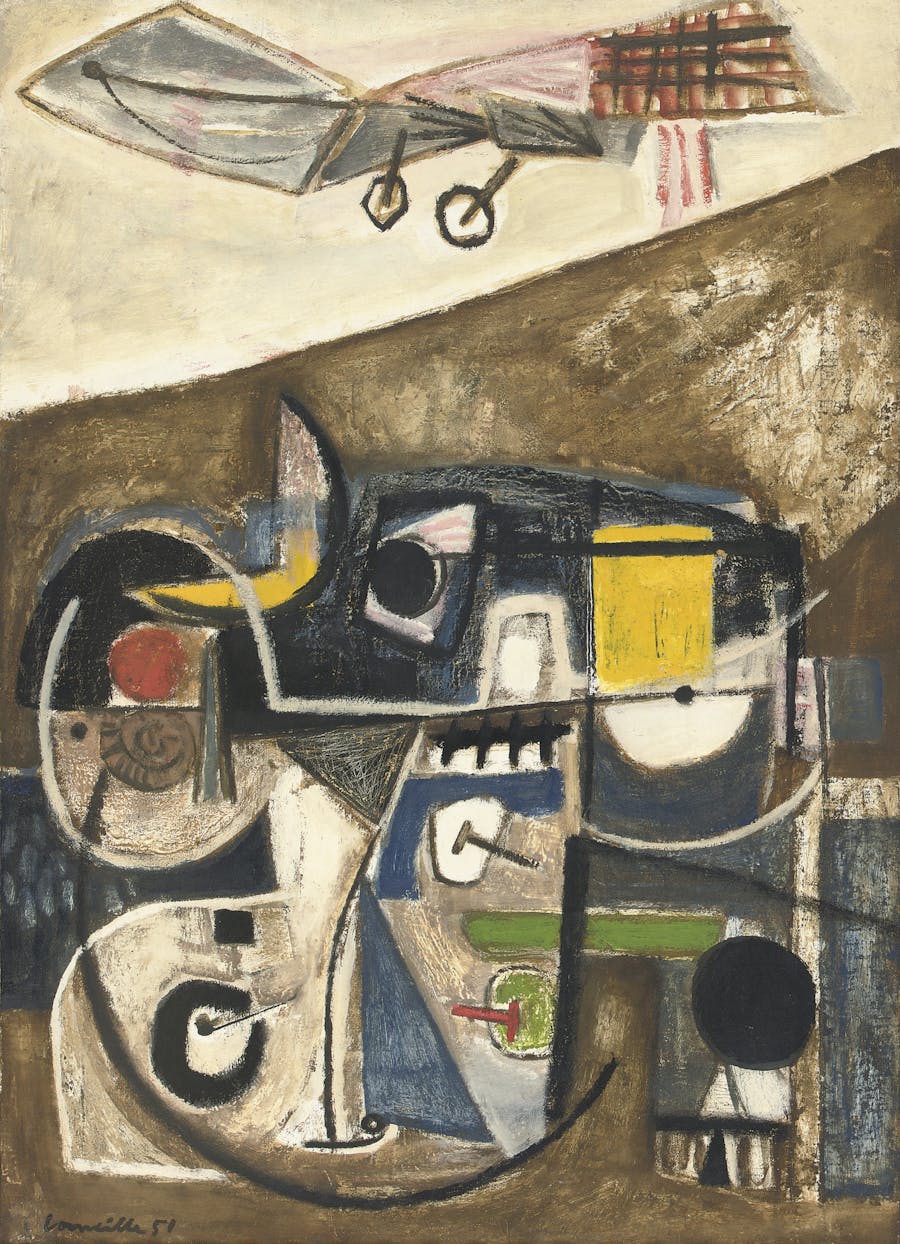
Throughout the period of CoBrA (1949-51), Corneille traveled extensively, from Africa to South America and was inspired by art forms found in Morocco, Cuba and Brazil. He moved permanently to Paris in 1950 and continued to exhibit his works widely. His imaginative artworks spanned many mediums, including lithographs, paintings, silkscreens, gouaches and sculptures, and reflect his recurring motifs of women, birds, cats and amorphic, colorful shapes, which he saw as poetry incarnate.
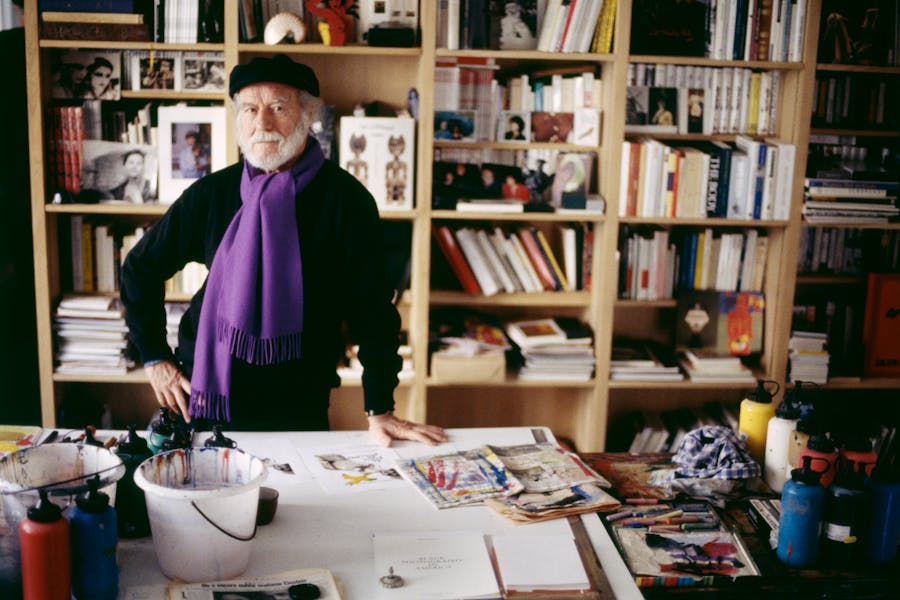
Corneille's career continued for 60 years after the break-up of CoBrA until his death at age 88 in 2010. In 2007, the CoBrA museum opened in the Netherlands, exhibiting the works of the movement's leaders. Although the group was active for only a handful of years, their revolutionary break into new color forms and liberation of shape and subject has long lasting impacts on today's contemporary art.


